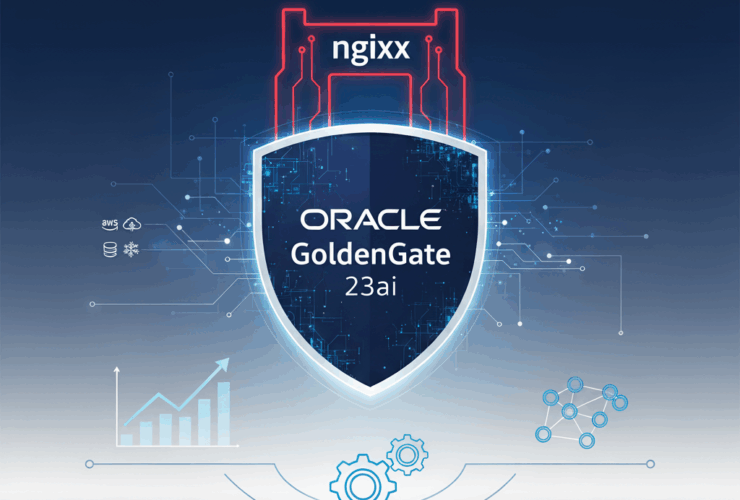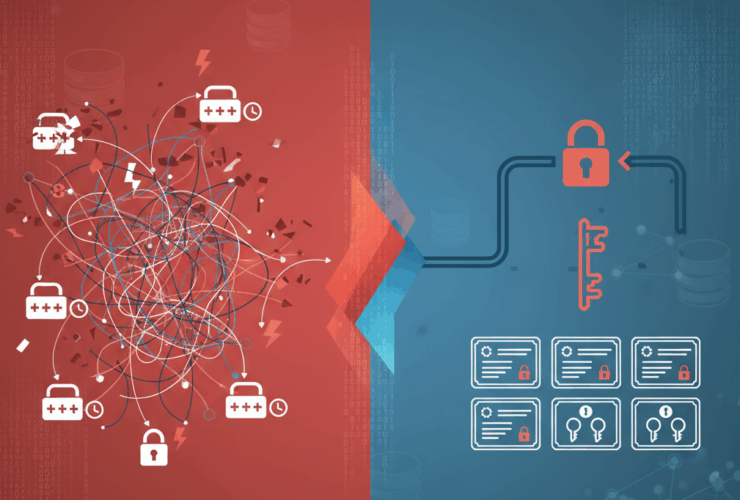Enterprise MCP Server Security: A Comprehensive Implementation Guide

Yesterday I was asked a very interesting question:
“How does one secure a Model Context Protocol (MCP) Server?”
My initial answer was: “An MCP Server calls an underlying API which uses HTTPS protocol, so the communication is secure.”
That answer is correct—but it’s only part of the story. Let me give you the complete picture.
What MCP Does for Your Business
Model Context Protocol (MCP) serves as the bridge between your AI systems and enterprise applications. When you ask your AI assistant to “pull our Q3 sales data and create a performance analysis,” the MCP server authenticates with your sales system, retrieves data, and presents it to the AI for processing.
This transforms AI from an isolated tool into an intelligent participant in your business operations—accessing the same data your teams use daily, but with AI-powered speed and analytical capabilities.
Why Security Can’t Be an Afterthought
Here’s the critical challenge: MCP servers grant AI systems access to your most sensitive business data across multiple systems. Every interaction potentially involves customer information, financial data, strategic plans, and operational intelligence.
When your AI can read emails, access databases, and modify business applications through MCP, you’re essentially granting it combined permissions across multiple systems. Without proper security controls, a compromised MCP server becomes a gateway to your entire digital infrastructure.
While HTTPS encryption provides the foundation, enterprise MCP deployments require comprehensive security architecture that addresses multiple attack vectors and compliance requirements.
Essential Security Components
Strong Authentication and Access Control
Implement robust authentication beyond basic API keys. Establish automated key rotation schedules and role-based access control where data analysts have different permissions than system administrators. Use token-based authentication with fifteen to thirty-minute lifespans and secure refresh mechanisms.
Network Architecture That Protects
Deploy MCP servers in segmented network zones, isolated from general corporate networks. Configure firewalls for necessary traffic only, following the principle of least privilege. For cloud deployments, use private connectivity options like AWS PrivateLink to keep sensitive traffic off the public internet.
Data Protection at Every Level
Encrypt all data processed and stored by your MCP server using industry-standard algorithms. Implement robust input sanitization to prevent injection attacks and establish clear protocols for handling personally identifiable information. Comprehensive audit logging of all interactions enables security monitoring and compliance reporting.
Infrastructure Hardening
Use secure container base images with proper secret management—never embed credentials in container images. Establish automated update schedules for your entire MCP stack. Implement resource constraints and rate limiting to prevent abuse while ensuring service availability.
Monitoring and Response
Deploy real-time monitoring that tracks performance metrics, security events, and usage patterns. Configure intelligent alerting focused on actionable events rather than noise. Develop and test incident response procedures specific to AI system compromises.
Key Implementation Checklist
When setting up your MCP server, address these essential security points:
- Authentication Strategy – API key rotation, role-based access controls, and short-lived tokens
- Network Isolation – Segmented zones with firewall rules and private connectivity
- Data Encryption – Industry-standard encryption for data at rest and secure communications
- Input Validation – Robust sanitization preventing injection attacks
- Access Permissions – Principle of least privilege with granular role-based controls
- Audit Logging – Comprehensive interaction logging with secure retention
- Container Security – Secure base images and proper secret management
- Resource Management – Rate limiting and abuse prevention monitoring
- Update Management – Automated patching schedules for all stack components
- Incident Response – Tested procedures for AI system security events
- Compliance Alignment – Industry regulation adherence and governance requirements
- Monitoring and Alerting – Real-time security event detection with intelligent notifications
Business Impact and Results
Properly implemented MCP security delivers measurable business value:
- Enhanced Data Protection – Multi-layered security protects sensitive business information throughout AI interactions while enabling productivity gains.
- Operational Visibility – Comprehensive monitoring enables rapid detection of security events, reducing incident response times and business impact.
- Compliance Readiness – Structured audit trails and access controls support regulatory requirements, reducing compliance costs and audit preparation time.
- Scalable Security – Architecture that grows with your organization while maintaining security posture and operational efficiency.
Moving Forward
Securing an MCP server for enterprise use requires comprehensive security architecture that protects data, controls access, and enables rapid incident response. Your MCP infrastructure can be both secure and performant when you apply disciplined thinking to each security layer.
The most effective implementations enhance rather than impede your team’s ability to achieve objectives. They enable AI innovation while maintaining the trust your customers and partners place in your organization.
What specific security challenges are you facing in your MCP environment? Let’s coordinate on building solutions that work for your team and support your business objectives. Contact RheoData at cloud@rheodata.com for more information or discussion.


